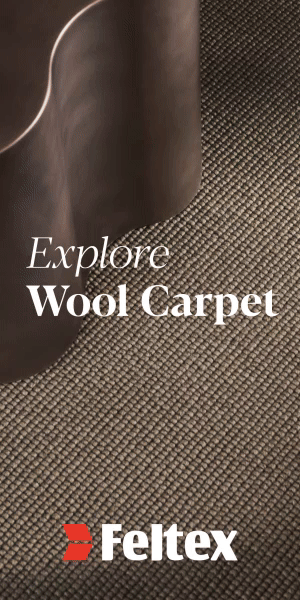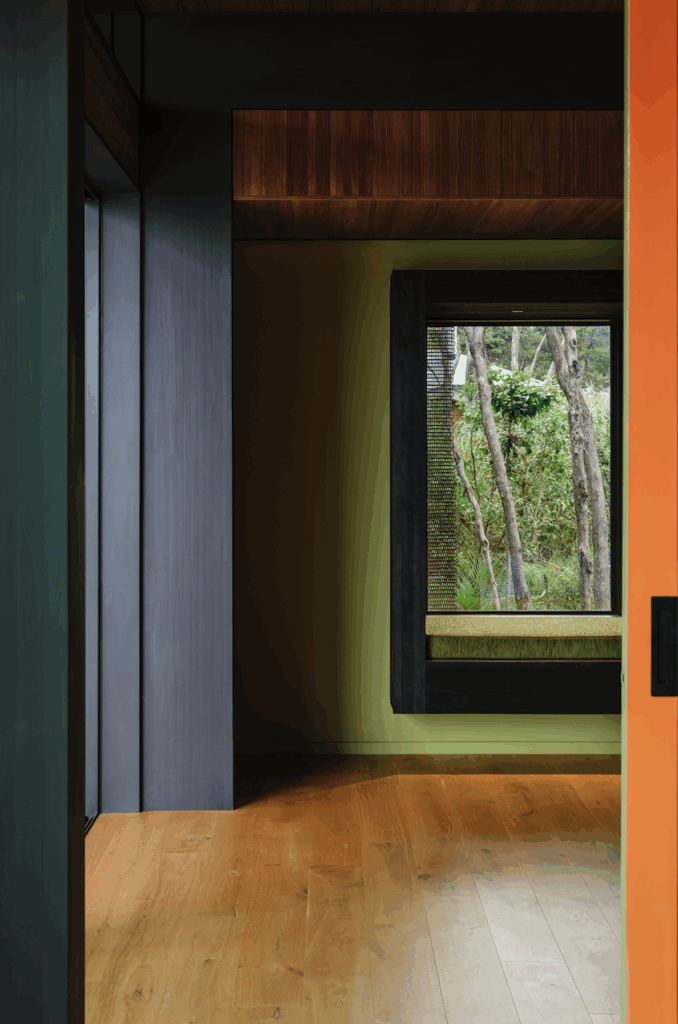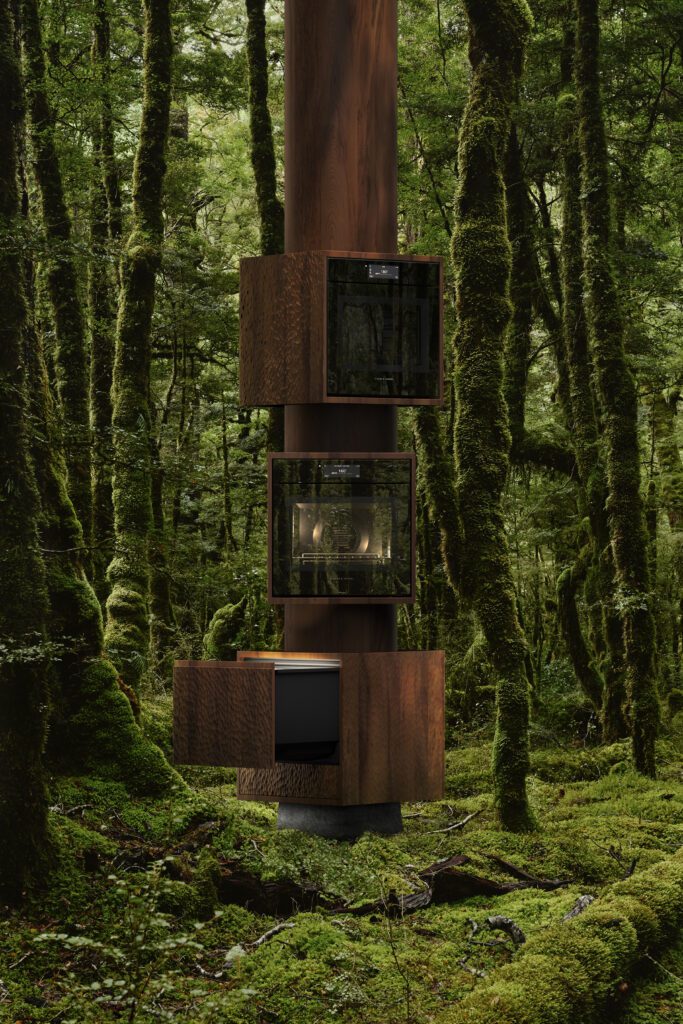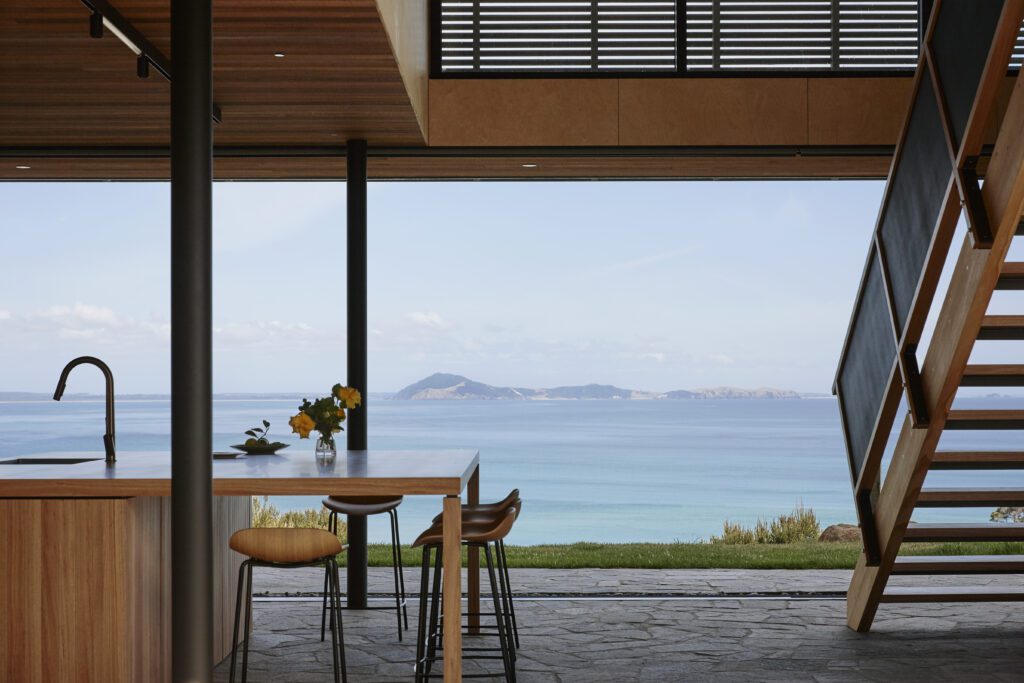Karen Walker makes a pilgrimage to Farleys House, the home of surrealist artists Lee Miller and her husband, artist Sir Roland Penrose

Karen Walker visits the home of artists Lee Miller and Sir Roland Penrose
It was with skin-tingling excitement that I boarded a train from London to Lewes in East Sussex to visit Farleys House & Gallery. For decades it had been the home of Lee Miller and Sir Roland Penrose. I’ve long been a Lee Miller fan. Who in the fashion world isn’t? She has, after all, been on every fashion designer’s Pinterest board at one time or another.
It’s not just her style that draws me in, though. It’s her art, her writing and her strong feminist story. Miller’s the full package. One of my top-10 pin-ups.
An intelligent, curious and drop-dead gorgeous girl from Poughkeepsie, New York, Miller seduced, collaborated with and inspired Man Ray, created some of the mid-20th century’s most iconic images, captured WWII in words and photographs with a gruelling rawness and strength, married the great British surrealist Sir Roland Penrose and, in her final act, became a truly great cook and gardener.
All we have to go by for an address is: Farleys Farm House, Chiddingly. Our taxi driver asks if it’s “the place where all the funny paintings are done”. “That’ll be the one,” we say. Farleys House is a very beautiful building, with its oldest bones dating back to a time when New Zealand was just trees and birds. It has been added to and rebuilt over the years and its current incarnation is mostly from 1730.

Its style, from the outside at least, is almost severely formal. It sits solidly in a sprawling garden of perfect lawns, oaks, ashes and what remains of Lee’s vast vegetable and herb gardens. There’s also art. Sir Roland was, still is, one of Britain’s most beloved painters and a champion of the arts, having, among many things, co-founded the Institute of Contemporary Arts in 1947. His collection fills the house and garden. For me, the most striking sculptural piece is Michael Werner’s Fallen Giant – a long limbed, broken heap of a man, being slowly enveloped by the perfect English lawn.
Miller and Sir Roland’s ashes are also here: on the giant, in the vegetable patch, under an ancient and knotted sweet chestnut tree. The early winter light cuts soft, low and golden through it all. Three generations of Miller-Penrose offspring have played hide-and-seek in this garden, so it’s a very personal and intimate experience to be taken around by Miller and Sir Roland’s son, Antony Penrose.
Antony is so clearly Miller’s son. His high, flat cheek-bones are a dead giveaway, while his trans-Atlantic accent speaks to formative years with two accents battling it out for dominance. He is also a perfect mimic of a New Zealand accent – not an easy one to capture – thanks to his nearly 12 months living in Auckland in the 1970s. Antony is smart and funny, knows his way around history and politics, is passionate, patient and gracious and doesn’t seem to mind this über-fan rifling through his life, family and garden.
Which brings me to the house. I hadn’t been prepared for just how original and lived in it was going to feel. Despite it now being a museum, a shop, archive and working office, it still seems, overwhelmingly, like a home. I sit in the kitchen with Antony eating homemade baking and enjoying the heat from the Aga on which Miller had cooked thousands of her incredible meals, the bacon-fat-spattered Pablo Picasso ceramic gazing at us from above the stove.

The cupboards and drawers are still filled with Miller’s utensils, pots and spices. A few of her cook books remain on a high shelf. I long to rifle through Magic with Leftovers and Au Petit Cordon Bleu. I’m invited to poke about in the larder, which is filled with 1960s kitchen appliances and shelves of tinned goods, including two tins of toheroa soup that look 50 years old and had recently been emptied for fear they would explode.
Walking about the house there’s no doubt I’m looking at the authentic hand of Roland and Miller. This is not an interior designer’s formula. This is real and gorgeous and informal, with just the right amount of wrong. Lived in and loved in. The walls are usually laden with art by the 20th-century greats, but it’s winter and the house is closed to the public. The low sun poses a danger and much of the art has either been removed for cleaning and substituted with place-holder snaps, or is covered with gauzy white cloth. It all adds to the dreaminess of the experience.
The dining room, where the great and good of the arts world enjoyed Miller and Roland’s hospitality, is particularly powerful. The protective deity of the house, Sir Roland’s mural dominates the walk-in fireplace. The piece depicts a theme of the solar system and the prehistoric ‘Long Man of Wilmington’ that can be seen from the farmhouse. It gives thanks for the abundance that a fortuitous alignment of sun, moon and planets brings to farming. Noticeable to my South Pacific eye is a kava bowl hanging above the fireplace. Antony tells me I’m the first ever to recognise its true purpose. His mother used to fill it with fruit and long, slender candles as a centrepiece for the table.
The hallways and staircases are a panoply of treasures. Paintings by Sir Roland, his father and grandfather, plus works by Picasso, Joan Miró and Max Ernst. There are treasures from around the world – the bizarre, wonderful, exotic and beautiful. A Chopi xylophone from South Africa, a mummified rat, an offering to Mexican corn gods, a pottery chicken from Honduras, a Hopi Indian doll from Arizona, a dead May bug, a Vanuatuan figure, as well as quick sketches knocked off by Picasso after dinner, fill cabinets and shelves.

On a windowsill is a sculpted head wearing a pair of Miller’s sunglasses, which I’m welcomed to try on. Above the beautifully torn and worn sofa, made famous in Miller’s ‘The Hostess Takes it Easy’, sits the famous Hitler’s bathtub image paired with Miller’s good friend David E Scherman’s visual response. Leaning casually alongside on the floor is ‘Breakfast’, one of Sir Roland’s many portraits of Miller.
There’s a collection of Miller’s tools-of-the-trade: the Rolleiflex that saw her through 18 months in war-torn Europe and beyond, the Hermes Baby typewriter on which she wrote all her correspondence and columns, two knuckle-dusters – one silver-plated, the other bronze-plated – engraved with her signature. As a war correspondent Miller wasn’t issued with a weapon but always took the precaution of arming herself and carrying these matching bad-boys. A gold bracelet with a dog-head shaped whistle tops off the collection of chic protective-wear.
All this is set against a backdrop of colour. None of the interior walls at Farleys House are generic chalk-white; they’re all shockingly colourful – brazenly, garishly and gorgeously pink, red, blue or yellow. Sir Roland had painted them with regular white paint mixed with artist’s pigment and the intensity of the colour is so right.
Farleys is also home to Miller’s archive. A week after she died, Antony’s late wife, Suzanna, came across boxes of negatives, contact sheets and writing. For 30 years there’d been a complete collection of Miller’s work, about 40,000 negatives and 20,000 photographs in all, stashed in the attic. Not even Roland had known they existed. When Antony had previously asked her about an archive she’d said there was nothing. It took 10 years to sort and now Antony and his children run the business of Lee Miller – the gallery shows around the world, the books, the house, the lectures and more.
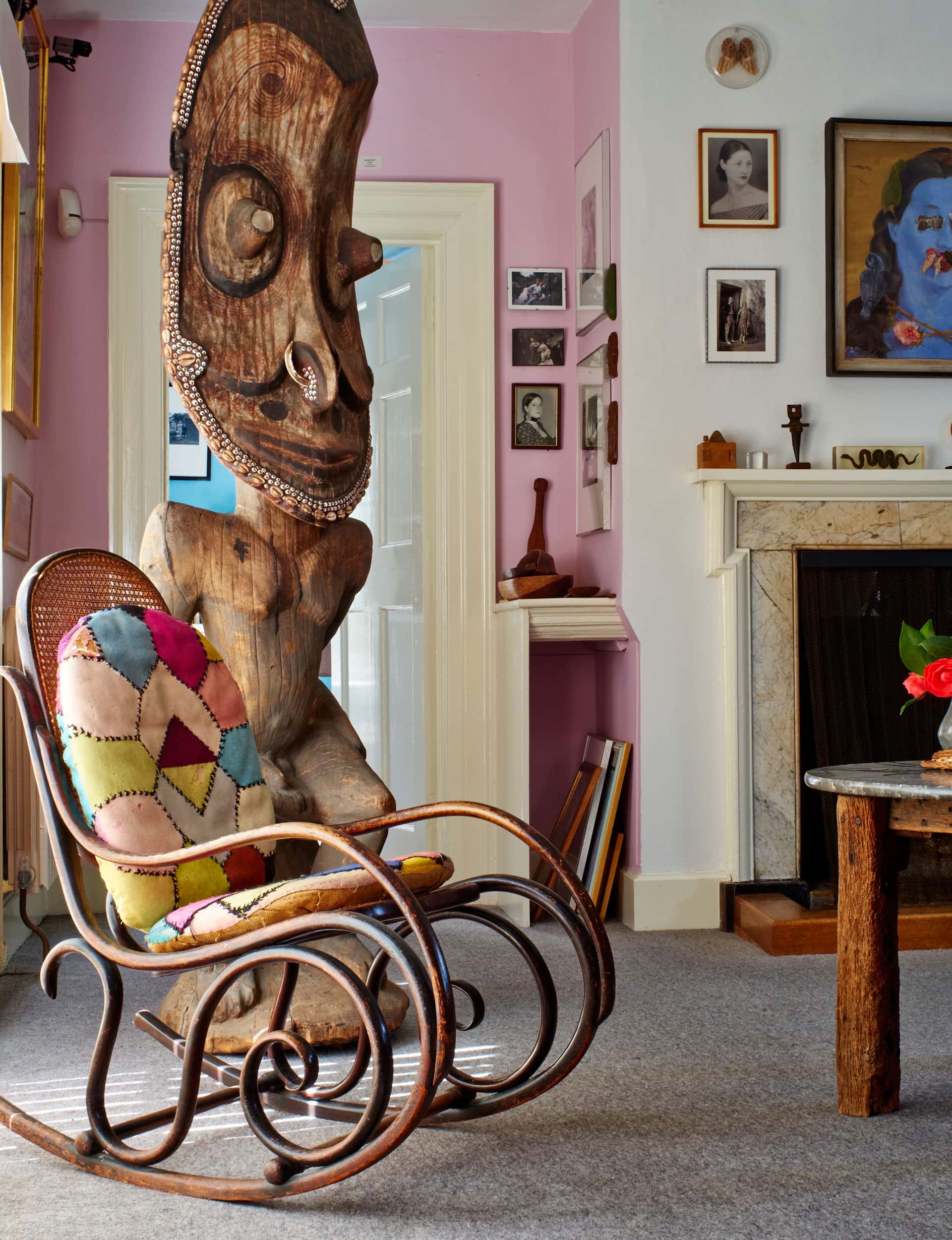
After a fire-side lunch with Antony at the local pub, The Six Bells, who make a fantastic walnut and Stilton pie, we head back to the farm and visit the main archival building with its gallery-standard climate and security. Here, we see the original contact sheets. Opening files at random we browse through some of the most direct and intense images of the 20th century. There’s a box with Miller’s dress uniform, tailored by Kilgour on Savile Row, and her standard-issue Jeep coat that saw her through two European front-line winters and doesn’t look all that warm to me.
Turn around and there are original prints and Man Ray’s ‘Object to be Destroyed’ with Miller’s cut-out eye on the metronome’s arm. Turn around again and there she is on George Lepape’s Vogue cover from March 1927. And there are more than a few Picassos. Miller photographed the artist more than 1000 times. I have a print of one of them in my living room. Picasso, in turn, painted Miller six times.
The following day I see Picasso’s ‘Portrait of Lee Miller à l’Arlésienne’ at the National Portrait Gallery in London. In the painting Miller is beautiful, strong, impossible to hold still. She was a free spirit who, despite having the natural ability to make almost every man she met fall wildly in love with her, and having more than her fair share of lovers, was never defined by the men in her life. She was liberated, she was powerful, she was a feminist of the first degree, a great photographer and, in my opinion, an even better writer. For all that and more, I adore her.
Farleys House & Gallery is open to the public on Sundays from the first weekend in April to the last weekend in October. Worth a read are The Many Lives of Lee Miller by Antony Penrose, Lee Miller’s War and The Home of the Surrealists by Antony Penrose.
Words by: Karen Walker. Photography by: Tony Tree.
[related_articles post1=”50812″ post2=”73938″]
